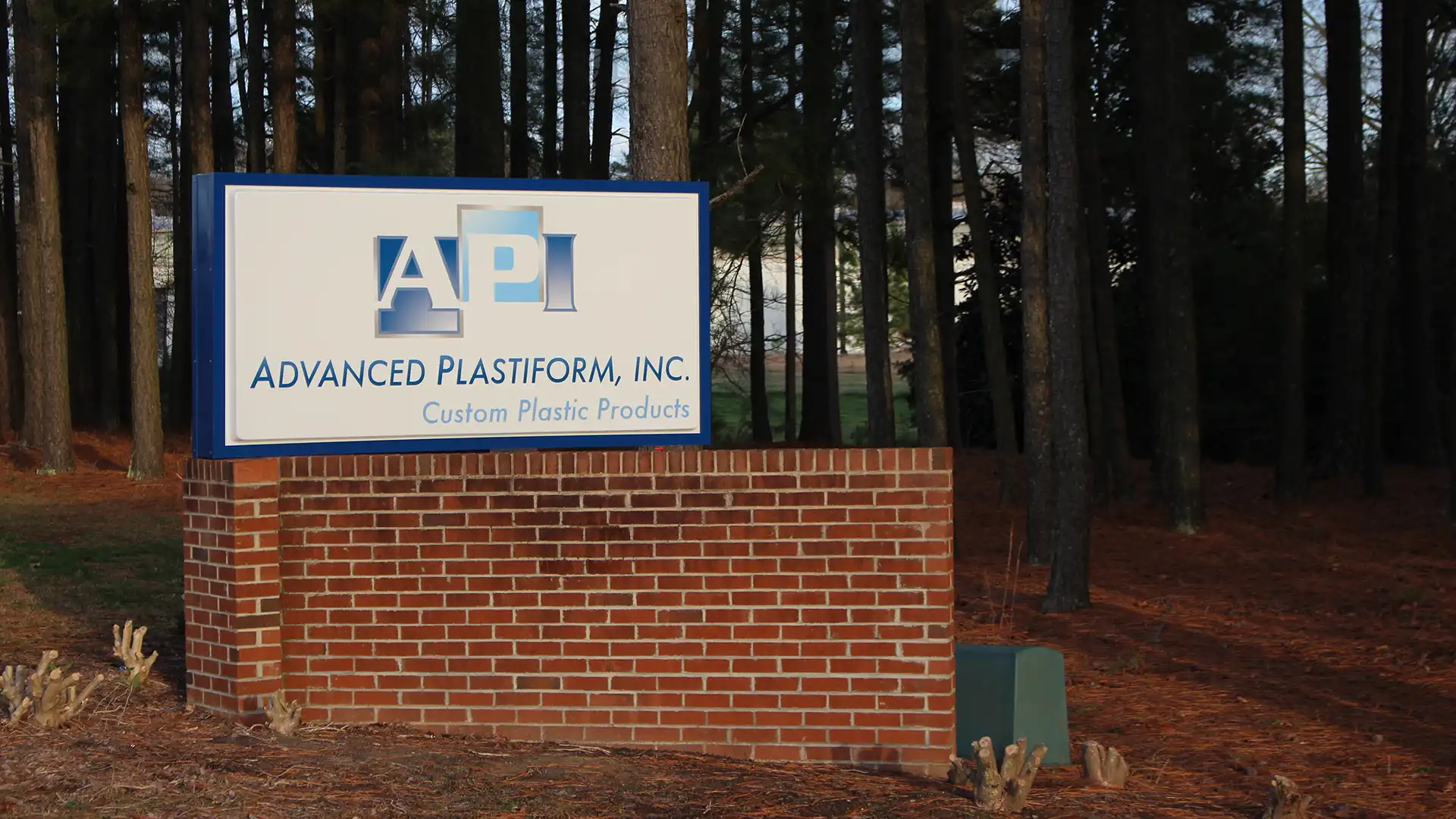Learn about the advantages of twin sheet thermoforming and if it's the right option for…
Like all methods of manufacturing, thermoforming has benefitted from a long history of advancements and innovations to increase efficiency, reduce costs, and ensure a high-quality, durable final product. Our thermoforming company wanted to take a look back at the origins of thermoforming, including the first attempts at using this method in order to show the path to the modern methods we use today.
Understanding Modern Thermoforming
Thermoforming is a method of manufacturing plastics in which large sheets of plastic are heated until they are soft and flexible. The sheets are clamped over a custom-designed mold and then vacuum pressure pulls the sheet tightly against the mold to achieve the necessary shape. To get a more precise shape with sharper angles and a more intricate design, pressurized air is used to push the plastic more firmly against the mold while the vacuums pull it tightly.
Once the shape is achieved, the plastic is cooled to harden the material, then any trimming and cutting are performed to remove excess plastic and ensure it meets the design specifications.
The Origins of Thermoforming
Knowing how thermoforming is performed today makes it easier to look back and see the path to how we reached this point.
Thermoforming in the 19th Century
The creation of celluloid by Alexander Parkes in 1855 opened the door to plastics as we know them today. Patented as Parkesine, this thin material was made from cellulose treated with a blend of solvents and nitric acid and was used to make fabrics waterproof. However, John Wesley Hyatt acquired the patent and began testing different additives with cellulose nitrate with the goal of creating a harder material that could replace expensive ivory.
The first method of thermoforming comes from these experiments. Hyatt added camphor to cellulose nitrate which did make a harder substance. He then began applying steam heat and pressure from steel molds to shape the material into toys, bottles, and other everyday goods and materials. This method can be seen as the foundation of modern thermoforming.
Plastic Manufacturing in Pre-War Times
Between the late 1800s and 1930, thermoformed plastics stalled out in place of other materials and faster methods of production. However, with C.B. Strauch's invention of the roll-fed thermoforming machine in 1938, this changed.
This machine was designed to allow plastic webbing to enter the machine where it was heated, pressed over wooden mold, and then rolled out to be trimmed. This was primarily used for ice cube trays, toys, and even the plastic tips for cigarettes, but the speed at which it produced goods was soon to be used for war-time production.
The aerospace industry began employing these methods and improving on them. It was during this time that cuts were made in molds to allow for vacuum pressure to speed up the process and improve the accuracy of the designs, though the patent for vacuum thermoforming equipment wasn't filed until 1947. Primarily, this was used to produce aircraft cockpits from acrylic and other materials to make planes faster and lighter.
How Demand Fueled Thermoforming Innovation in a Post-War Economy
After World War II, the economic boom meant the innovations of thermoforming needed during the war continued to advance. Thermoformed acrylic was needed to mass-produce bathtubs, while PVC was used to line home refrigerators.
By the 1950s, toys, home decor, appliances, and other goods were being produced from a wide variety of thermoformed plastic. Production speeds increased, bright colors were made widely available, and with the improvements in vacuum forming, intricate details could be added. The end result was an incredible array of products and items that we now think of as "mid-century modern" but at the time were the height of sophistication.
Contact Us for Custom Thermoformed Plastics
At Advanced Plastiform, Inc., we enjoy looking back at the history of our craft but are dedicated to only using modern equipment and innovative methods of thermoforming to get the best results for our clients. We take pride in producing high-quality, durable custom plastics at a low per-unit price and fast lead times for companies across the Mid-Atlantic and Southeast, including North Carolina, South Carolina, Pennsylvania, Maryland, Tennessee, Georgia, and Virginia. To learn more about our services or get a free quote, reach out to us today.

